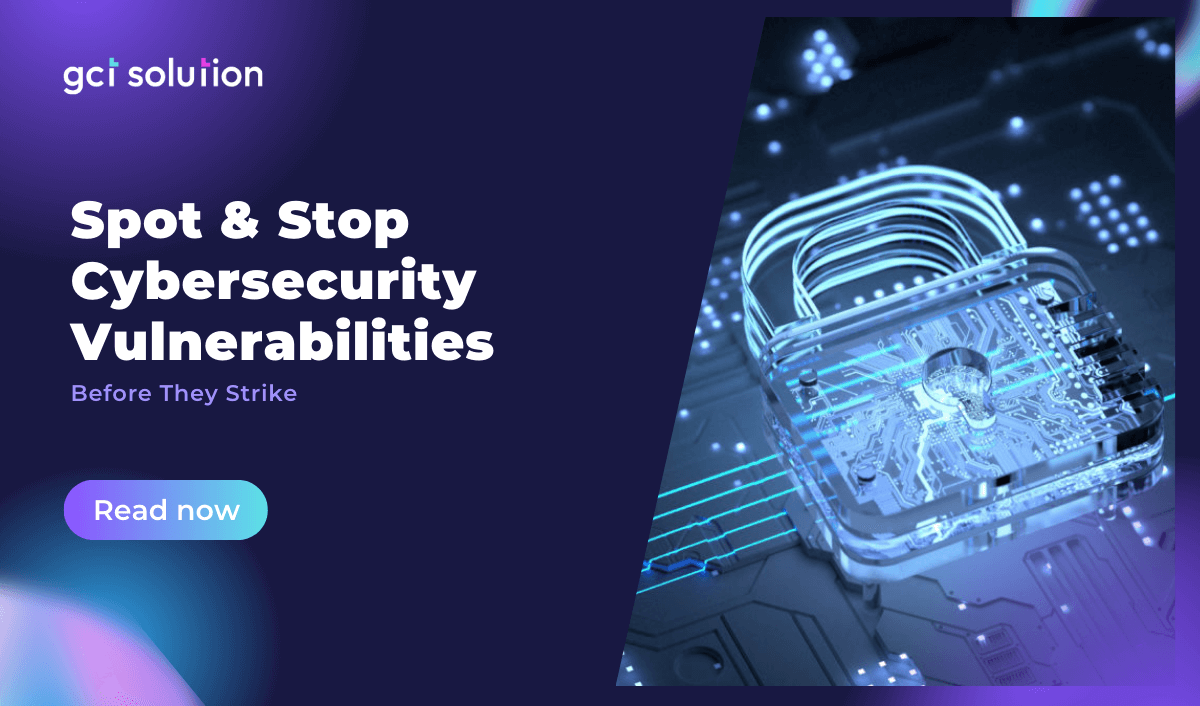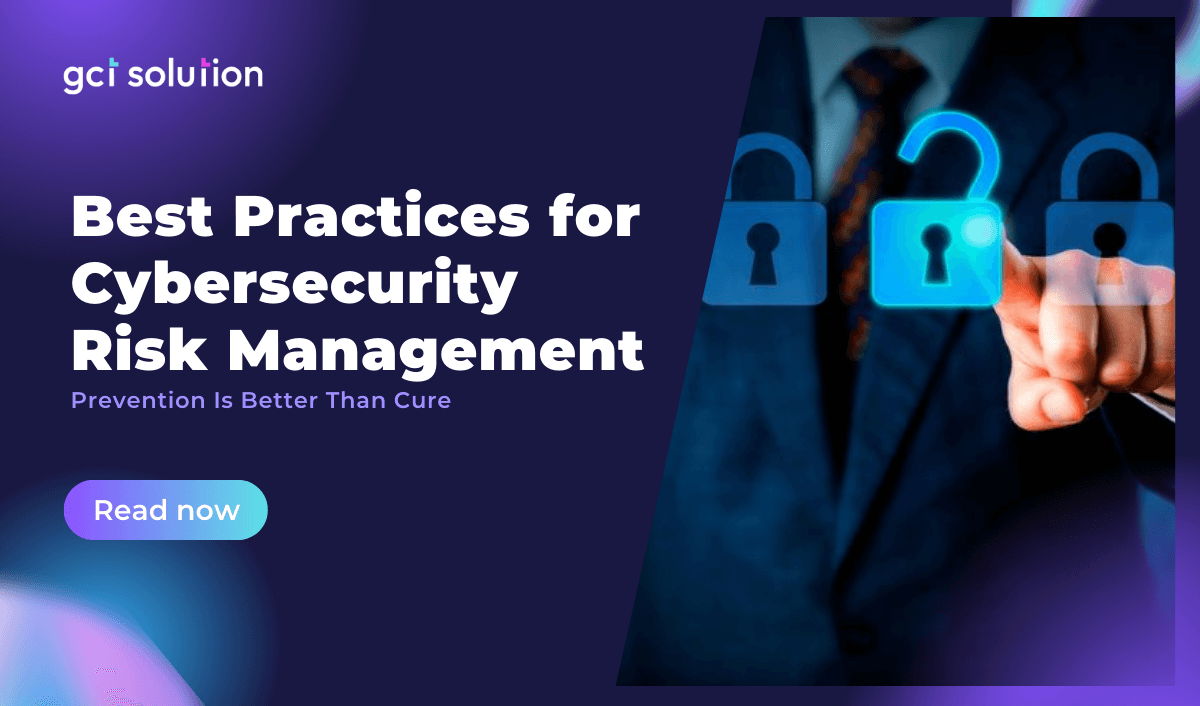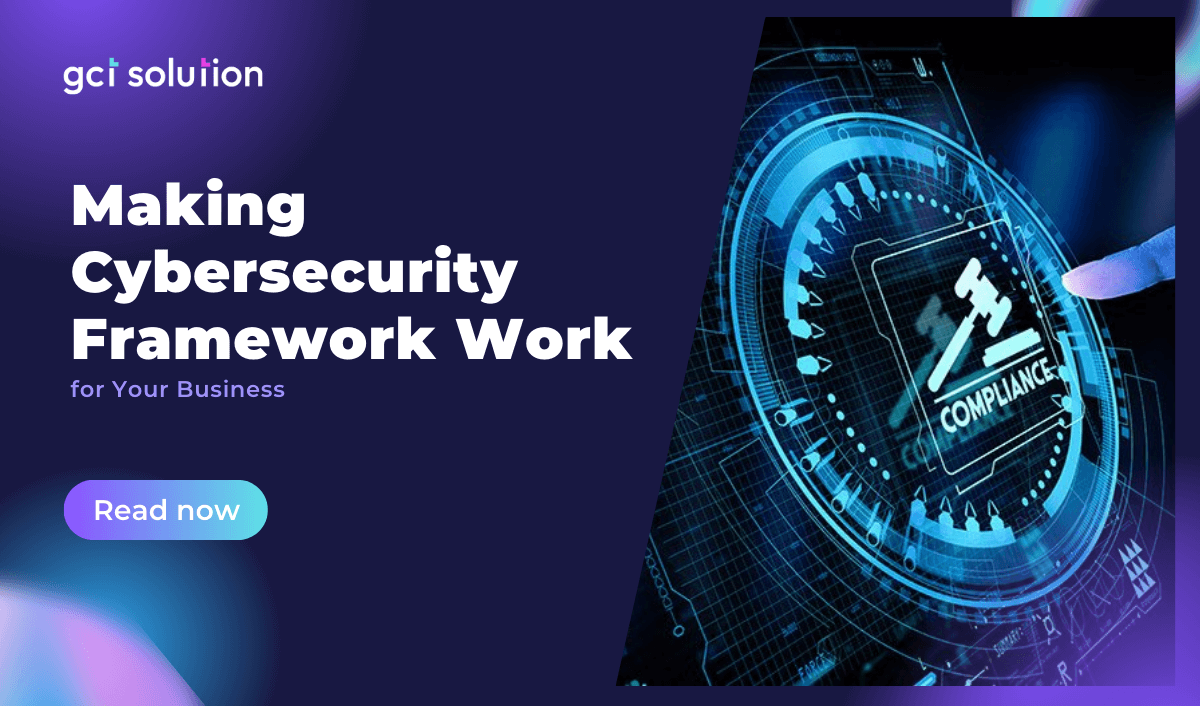Web3 is the future of the internet, and it's already shaping up to be one of the biggest tech trends of 2023. Web3 is a new and improved version of the internet, and it promises to be more secure, more private, and more decentralized. The Web3 is built on blockchain technology, which enables secure and transparent transactions without the need for intermediaries. In this blog post, we'll take a look at the top 10 best Web3 companies that you should know in 2023.
All you need to know about Web3 and its use cases
Get ready for a paradigm shift because Web3 is coming in hot! This cutting-edge technology is poised to transform the way we interact with the internet as we know it. Web3 is the future of the web, built to be decentralized, more secure, and most importantly, more user-focused. This revolutionary technology marks a departure from the centralized model of Web2, which has been largely controlled by big corporations, and ushers in a more egalitarian and decentralized online world. So, what is Web3? Let’s dig into this blog and get all you need to know!
Spot & Stop Cybersecurity Vulnerabilities Before They Strike
The number of internet users has unequivocally leveled up throughout the years, which becomes “open doors” for cybercrimes to climb. Indeed, cybercriminals are endlessly making use of cybersecurity vulnerabilities, which has posed an enormous threat to businesses of all sizes. Hence, it’s a time of the essence for organizations to seriously strengthen cybersecurity in their own system, or else, it’s no use crying over spilled milk. So, to find the most appropriate solution for your business's healthy presence, it’s vital to grasp an understanding of the cybersecurity vulnerabilities definition, examples, and their types. Let’s delve into the basic understanding of security vulnerabilities and their examples.
A Step By Step Guide On How To Learn Cybersecurity
As the number of cyber attacks continues to rise, the demand for cybersecurity professionals is also increasing. According to the U.S. Bureau of Labor Statistics, on average, there will be around 19,500 opportunities for information security analysts per year during the next decade, which means there is a tremendous opportunity for individuals to pursue a career in cybersecurity. Learning cybersecurity is not only crucial for those pursuing a career in the field but also for individuals who want to protect themselves and their personal information. In this blog, we will provide a step-by-step guide on how to learn cybersecurity, including the benefits of learning cybersecurity, why you should learn cybersecurity, steps to learning cybersecurity, and resources for learning cybersecurity.
How To Become A Great Cybersecurity Analyst? Here Are All You Need To Know!
Employment of cybersecurity analysts is projected to increase by 35 percent from 2021 to 2031, much faster than the average for all occupations, according to the US Bureau of Labor Statistics. The numbers speak for themselves, as the demand for security analysts has been steadily increasing. So, what are the preconditions for becoming a great cybersecurity analyst? This is likely a question frequently posed by those who are eager to learn more about cybersecurity. In this blog, we will discuss the educational requirements, job responsibilities, and qualities of an effective cybersecurity analyst, as well as the job outlook in this field.
Best Practices for Cybersecurity Risk Management – Prevention Is Better Than Cure
In the era of digitalization, one of the most vexing realities is that it is becoming increasingly challenging for businesses to manage their cybersecurity risk. The future appears to be even gloomier as, on average, 130 security breaches were reported by businesses in 2021. (Purplesec.us) This is where cybersecurity came in just like a shot in the dark. Cybersecurity risk management is all about essential components of any organization's strategy to protect itself from cyber threats. Cybersecurity risk management involves identifying, assessing, and prioritizing risks, and developing strategies to mitigate those risks. In this blog, we will discuss best practices for cybersecurity risk management to help organizations better protect themselves from cyber threats.
Making Cybersecurity Framework Work for Your Business
The threat of cyber attacks certainly lurks around every corner in this digital revolution age. Hence, it becomes vital than ever for businesses, from big to small, to shield their data and resources against vicious attacks. According to a recent report by Accenture, the average cost of a cyber attack on a business has increased by 72% over the past five years, with the average cost now reaching $13 million per incident. These alarming statistics indicate that cybersecurity is the armor that protects internet-connected systems such as hardware, software, and data from unauthorized access, theft, and damage caused by cyber attacks. To combat the escalating risk of cyber attacks, businesses can rely on a cybersecurity framework, which offers a systematic approach to managing cybersecurity risks.
A Future Outlook Of The Cybersecurity Trends In 2023
With cybercrime on the rise, businesses and individuals are scrambling to protect themselves from malicious attacks. In fact, a recent report by Cybersecurity Ventures estimates that cybercrime will cost the world $10.5 trillion annually by 2025, up from $3 trillion in 2015. And the numbers don't stop there. According to the Identity Theft Resource Center, there were over 1,100 data breaches in 2020, exposing a whopping 300 million records to potential cybercriminals. In this blog, we'll have a more comprehensive insight into cybersecurity trends in 2023 and how businesses can protect themselves from the ever-evolving landscape of cyber threats.
Get Ahead with Cybersecurity – Definition, Types, Factors To Choose The Right Program
As the world becomes increasingly interconnected, businesses, especially small to medium-sized ones, are finding themselves in the crosshairs of malicious hackers. According to Security Intelligence, there were a staggering 11,395 reported phishing attacks in Europe in the first half of 2022 alone, costing businesses a whopping $12.3 million. It's a dog-eat-dog world out there, and cybercriminals are always on the lookout for their next prey. So, how can businesses get ahead in this cat-and-mouse game? The answer lies in investing in robust cybersecurity programs that can fend off these digital predators. In this article, GCT Solution will take a deep dive into the world of cybersecurity programs, exploring their definitions, and types, and offering valuable insights into the factors that businesses should consider when choosing the right program to protect themselves from threats to cybersecurity.
Top 9 Best Cybersecurity Programs for Small to Medium-sized Enterprises (SMEs) in 2023
In recent years, with fairly weak security fences, cyber threats have given small to medium-sized enterprises a cause for alarm. Specifically, cyber-attacks have deteriorated businesses’ financial situation, when the cost of cybercrime has gone up by 10%, with a $9.44 million average cost of a data breach in the US. (IBM, 2022). This is where cybersecurity programs emerge, to help SMEs protect their sensitive information and safeguard against cyber threats. However, with so many options available, it can be difficult for SMEs to determine which cybersecurity program is right for their business. In this blog post, GCT Solution will discuss the top 9 best cybersecurity programs for SMEs in 2023, along with factors to consider when selecting a program.










